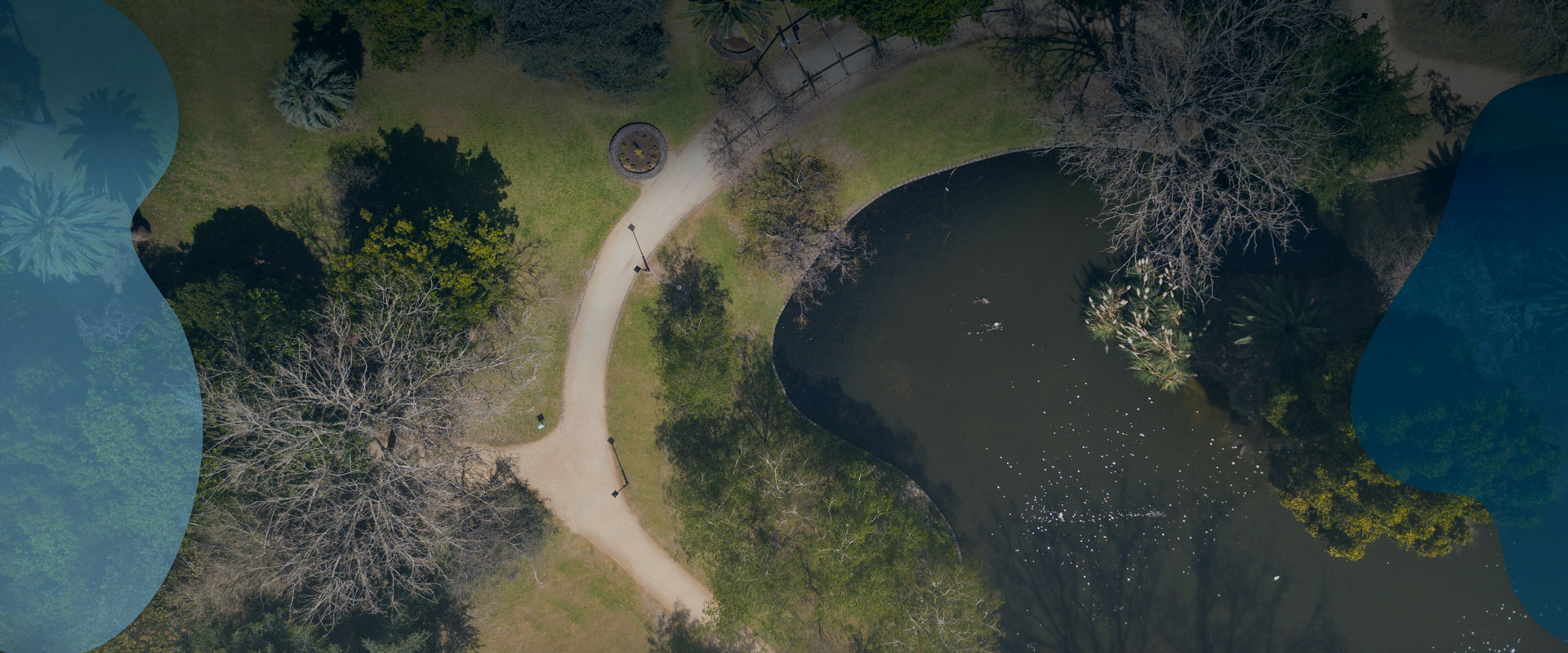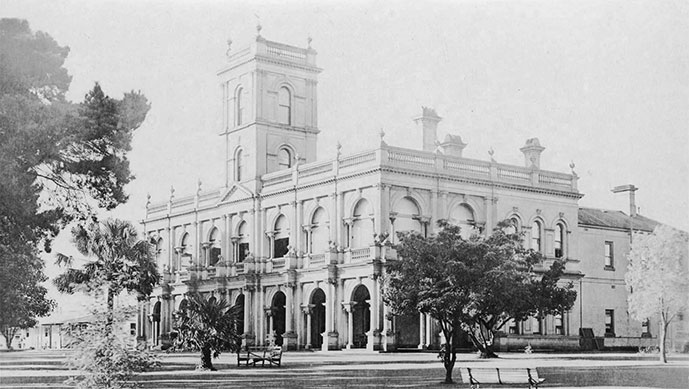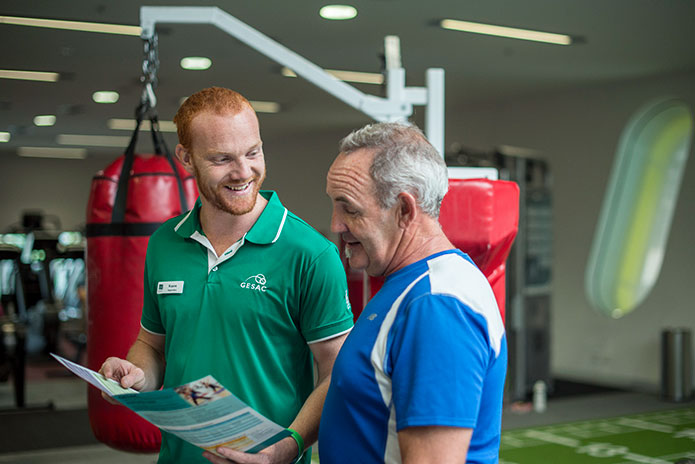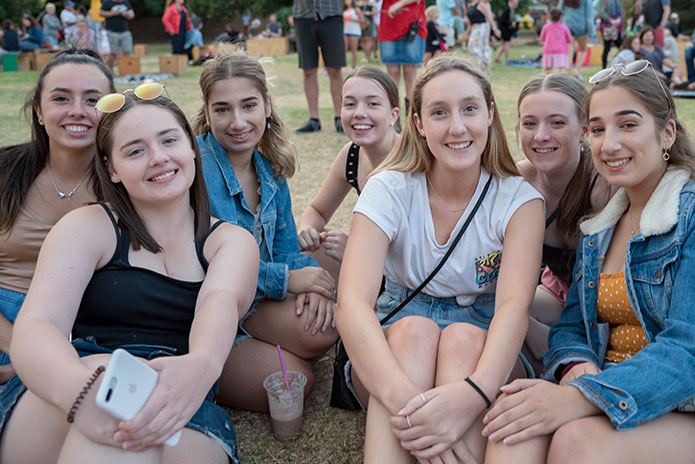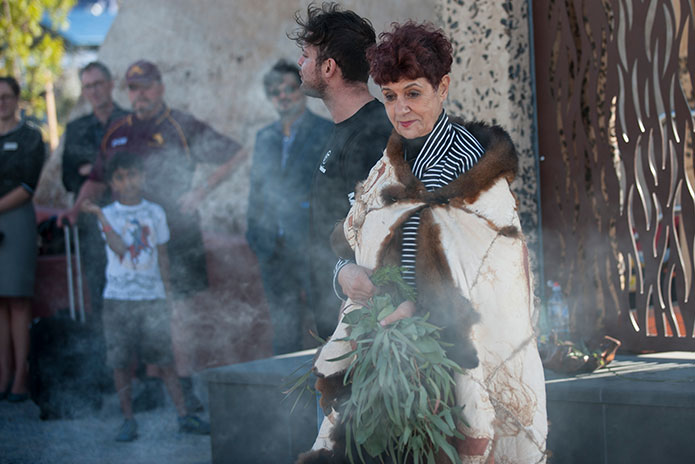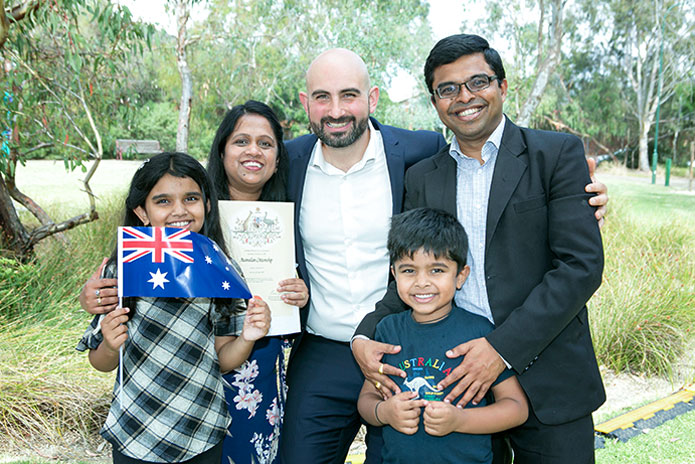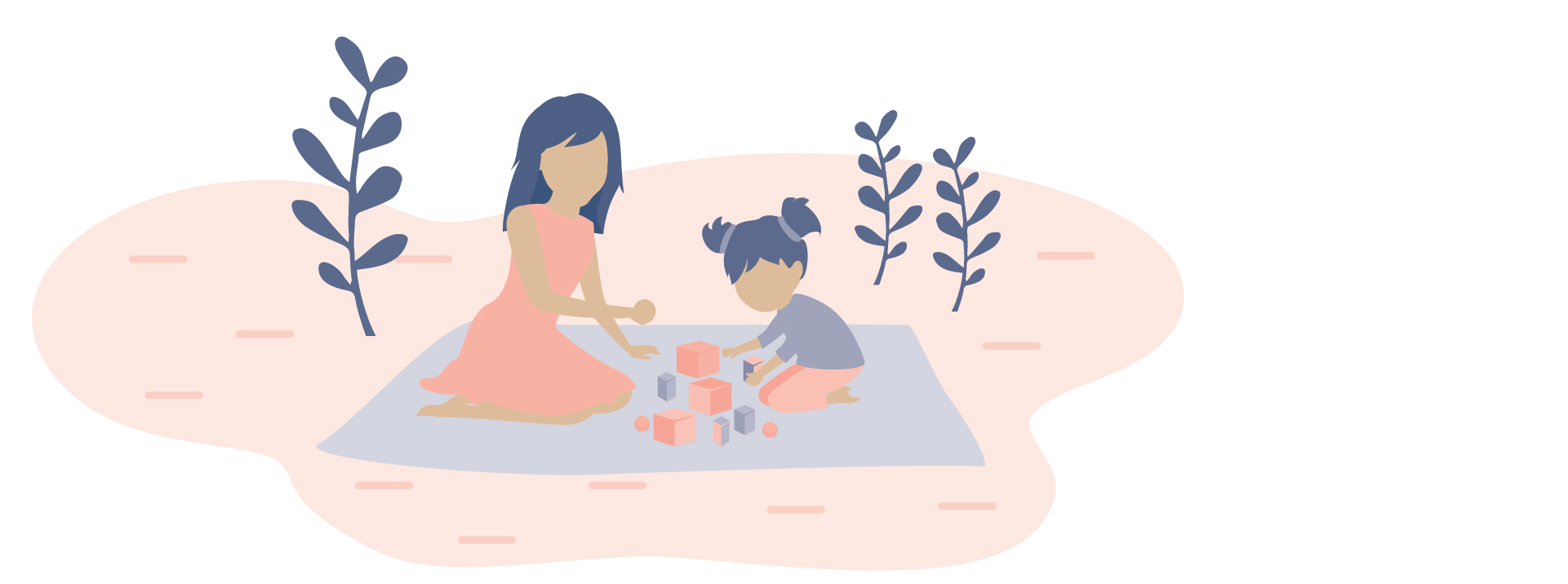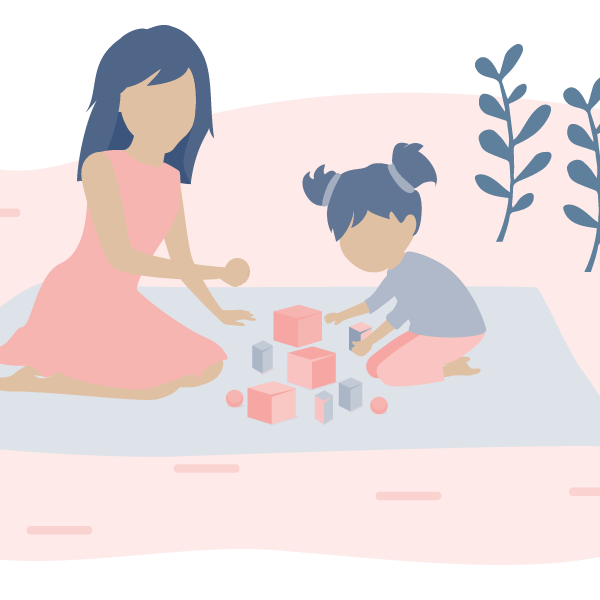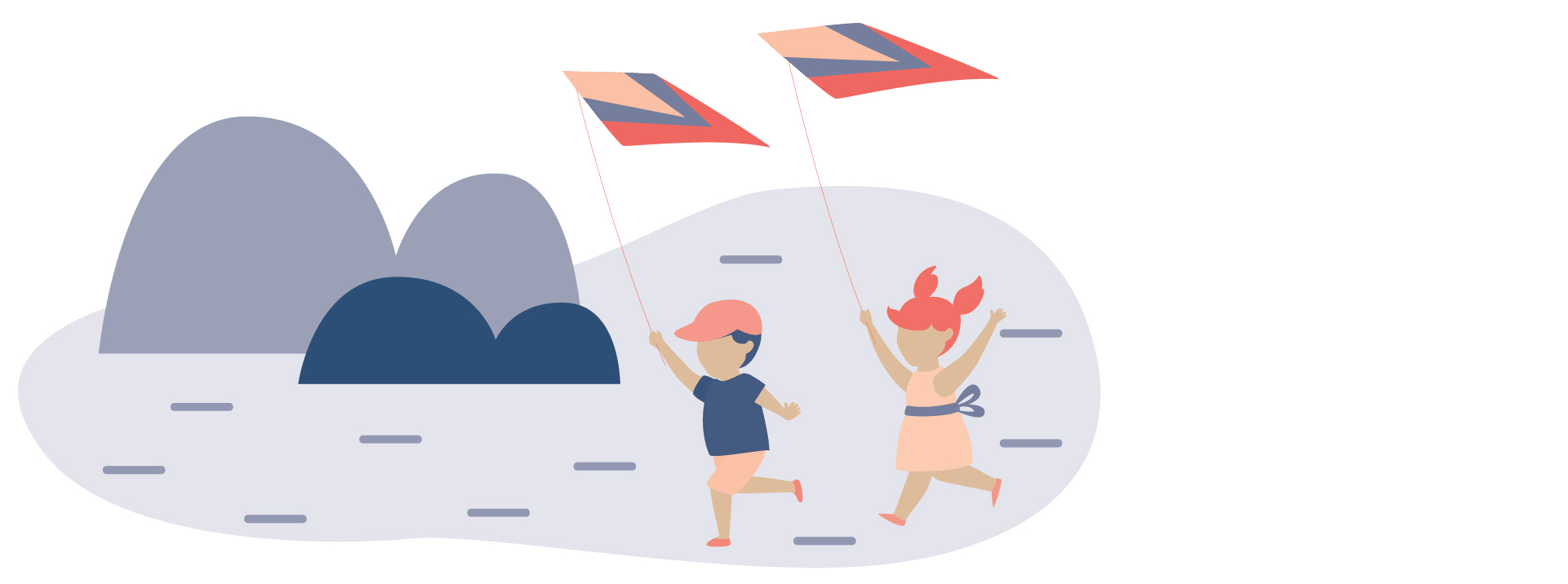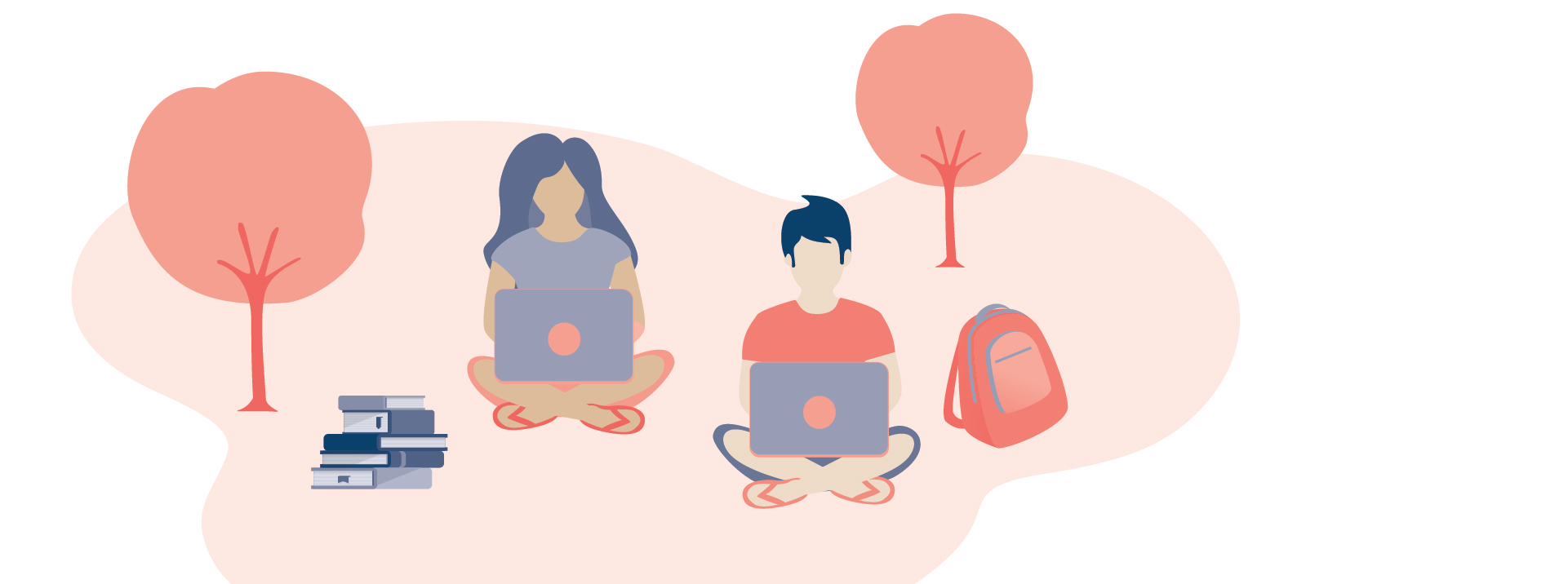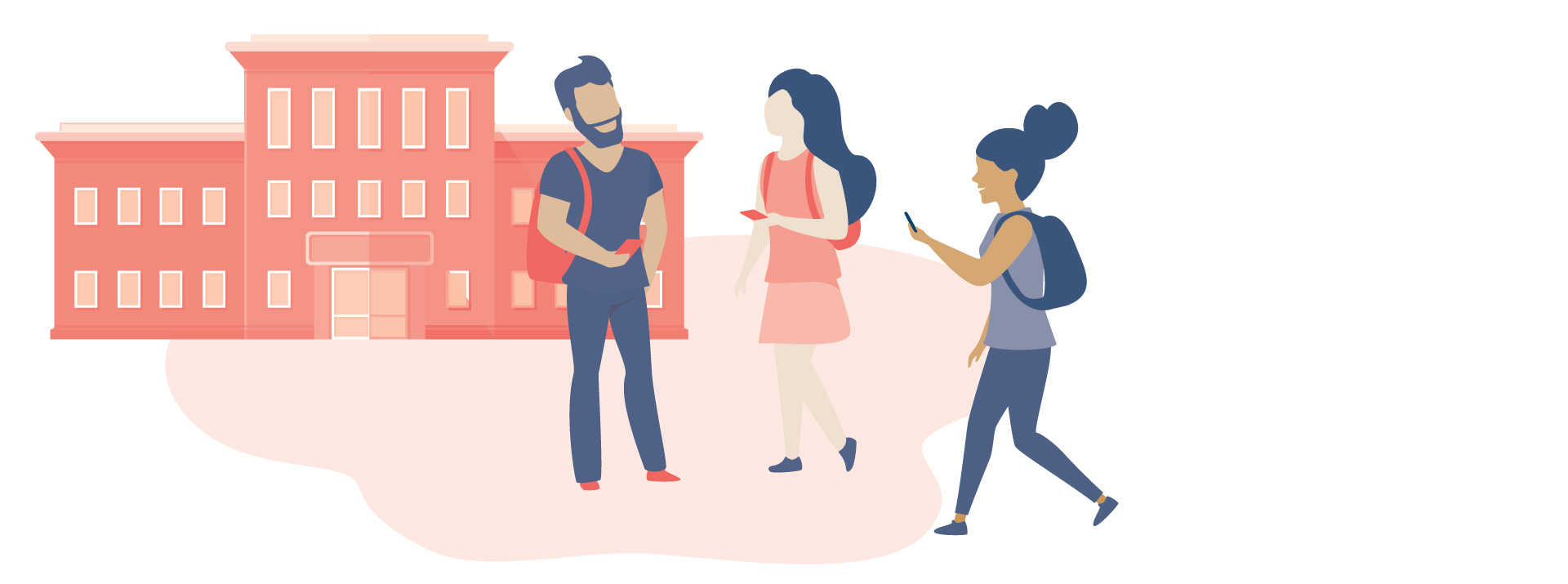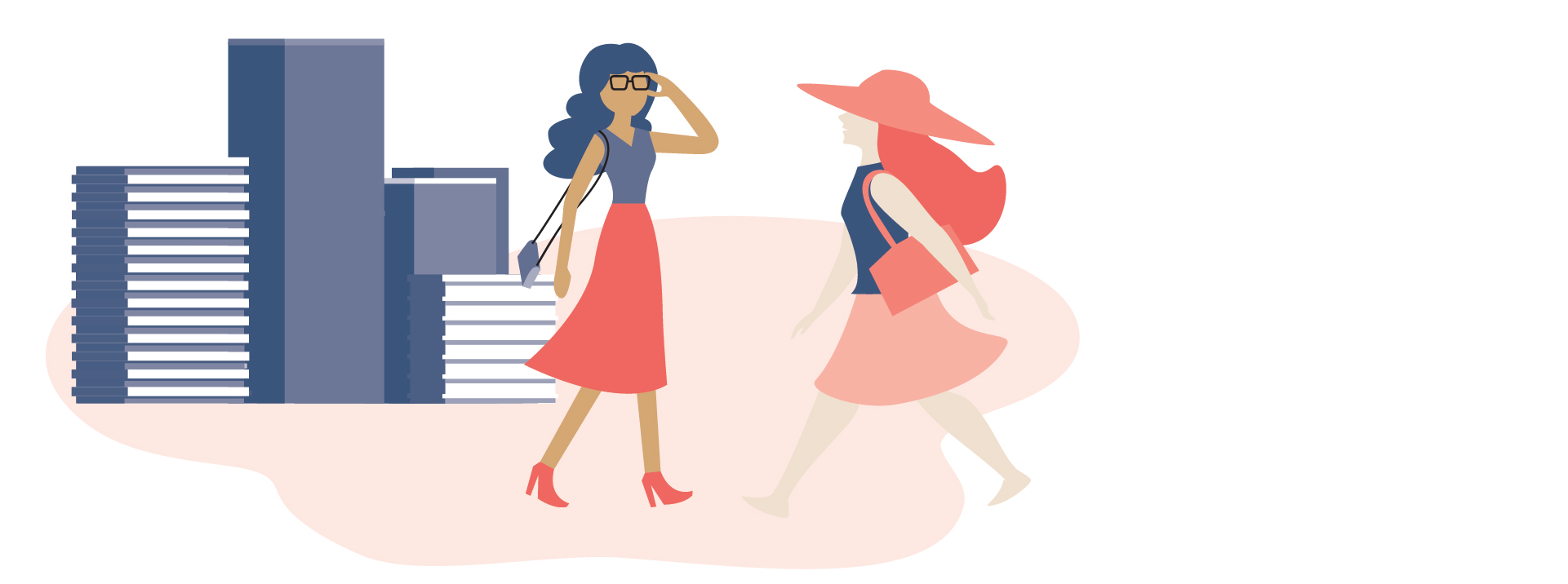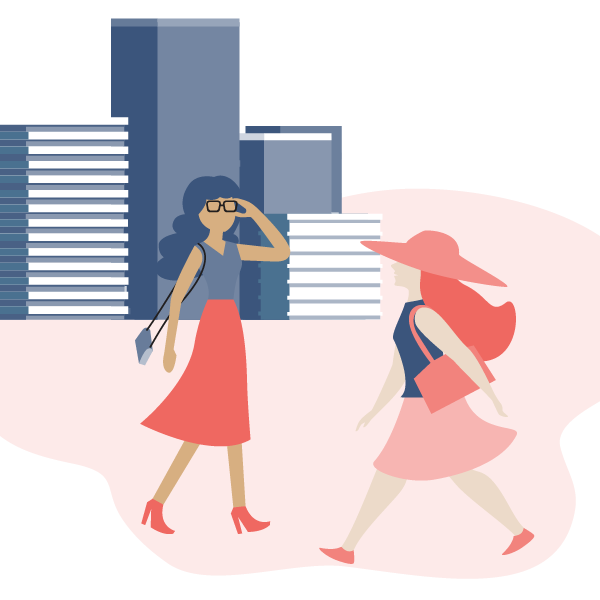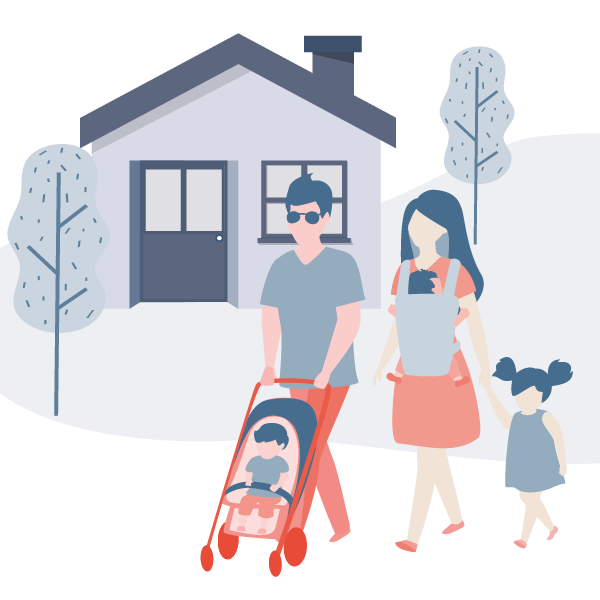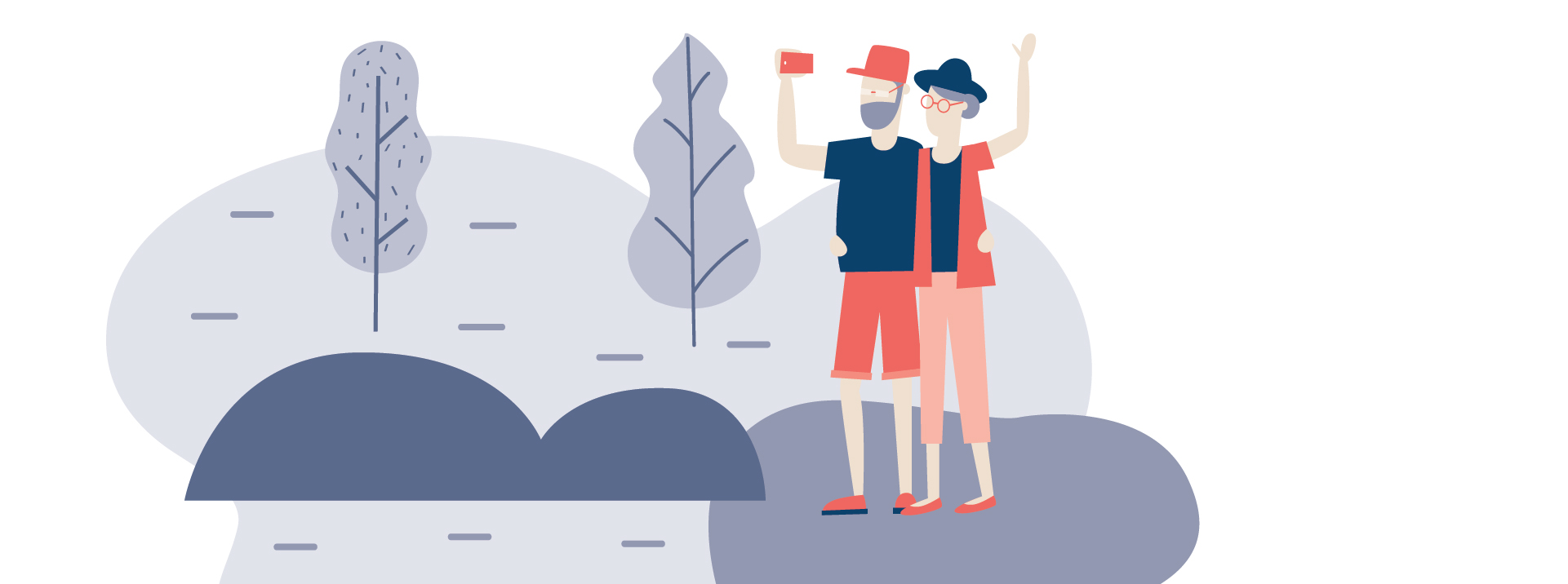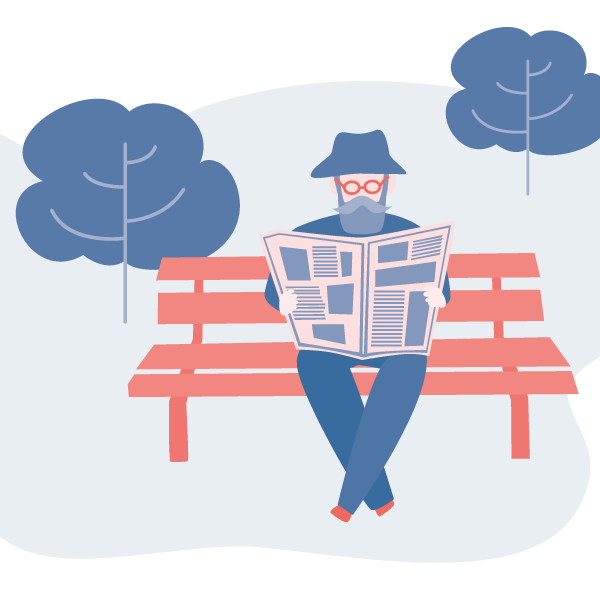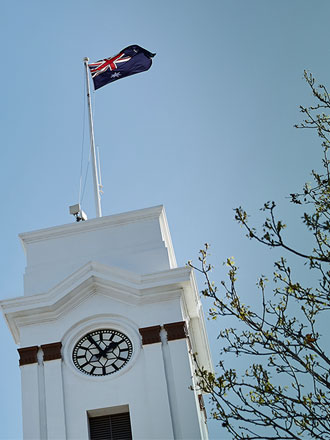Acknowledgement of country
On behalf of Council, we respectfully acknowledge the Boon Wurrung people of the Kulin Nation, who have traditional connections to the land now known as Glen Eira. We would like to pay our respects to their Elders past, present and emerging, and acknowledge and uphold their continuing relationship to this land.
- to provide quality facilities, services, safeguards and supports;
- towards goals that are beyond the capacity of individuals, but achievable when working together;
- according to overall community values, needs and priorities;
- in a caring, accountable and professional manner; and
- to provide value-for-money for present and future generations.
The functions of Council include:
-
- Advocating and promoting proposals which are in the best interest of the local community.
- Planning for and providing services and facilities for the local community. See Council and Community Plan.
- Providing and maintaining community infrastructure in the municipal district. See Council and Community Plan.
- Undertaking strategic and land use planning for the municipal district. See Council and Community Plan.
- Raising revenue to enable Council to perform its functions.
- Making and enforcing local laws. See Compliance.
- Exercising, performing and discharging the duties, functions and powers of councils under the Local Government Act 1989 and other Acts. See Corporate Governance.
- Providing any other function relating to the peace, order and good government of the municipal district. See Council Committees.
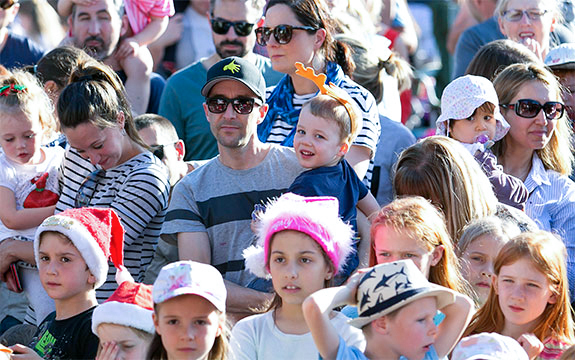
Council works to develop an inclusive and caring community where everyone can feel they belong. Everyone is encouraged to participate in the decision-making, which leads to achieving the best possible health, safety and lifestyle options within the City.
Council consults, listens and takes note of community views to determine its priorities and needs, and then acts through open, transparent processes that are financially and environmentally responsible and sustainable. Council constantly works to find innovative ways of providing services measured against recognised benchmarks to improve services and set better standards that will meet tomorrow’s increasing demands.
Council, with an increasingly diverse community, treats all people with respect and dignity, providing equal access for all to services and resources. Council operates to identify gaps and lift standards not currently being met by other community providers or levels of government, within the constraints of its limited resources.
A City and its people
The City of Glen Eira is located in Melbourne’s
south-east suburbs, approximately 10 kilometres from
Melbourne’s central business district.
It was created in 1994 following the merger of the former City of Caulfield and the nearby suburbs of Bentleigh, Bentleigh East, McKinnon and parts of Ormond, which were in the former City of Moorabbin.
The City of Glen Eira is 39 square kilometres in area and includes the suburbs of Bentleigh, Bentleigh East, Carnegie, Caulfield, Caulfield East, Caulfield North, Caulfield South, Elsternwick, Gardenvale, Glen Huntly, McKinnon, Murrumbeena, Ormond and part of the suburbs of Brighton East and St Kilda East.
Glen Eira is 2.49 people*.


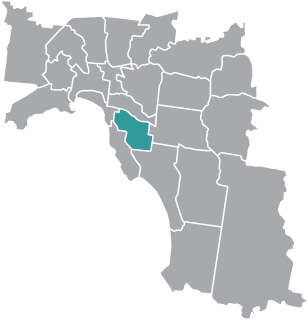
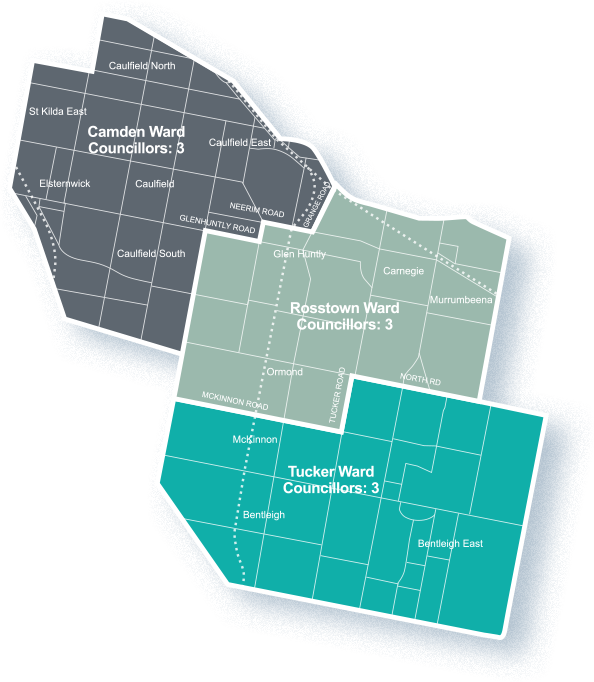
The City of Glen Eira is located on the traditional estate of the Yaluk-ut Weelam clan of the Boon Wurrung.
Following European colonisation, this area became two municipal areas called Caulfield and Moorabbin. The origin of the name of the City of Caulfield is not known for certain. It may be linked with Baron Caulfield of Ireland, perhaps through John Caulfield, a pioneer of the colony. The name Caulfield has been in use since 1853 to identify the area around the racecourse. In 1862 the Moorabbin Road District was established. The boundaries extended from the outskirts of Brighton south-east along both sides of the Nepean Road as far as Mordialloc Creek. The name Moorabbin derives from an Aboriginal word which means ‘a resting place’.
Glen Eira is named from two local landmarks — Glen Eira Road and Glen Eira Mansion. Glen Eira Road is one of the City’s main thoroughfares, dating back to the mid-1800s when the then colonial government surveyed the area and made all Crown allotments available for sale. Pioneer pastoralist Henry Ricketson bought the Glen Eira townhouse on Kooyong Road in 1865 and remodelled it into an 18-room mansion. The house subsequently became the site of the Caulfield Military Hospital before being demolished in 1964. A number of other mansions built during this era have been preserved by the National Trust and are open to the public, like Rippon Lea and Labassa.
Glen Eira’s people
Glen Eira is home to 151,746* people across 54,731** households —
representing more than 160 different cultural backgrounds —
and is the centre of Melbourne’s Jewish community.
* Source: Australian Bureau of Statistics, Estimated Resident Population, 30 June 2017.
**Source: Australian Bureau of Statistics, Census of Population and Housing 2016.
Glen Eira’s diverse population*
-
- 36 per cent of residents were born overseas; more than one quarter of residents (28 per cent) were born in a non-English speaking country.
- Other than English, the most common languages spoken at home are Mandarin (5.5 per cent), Greek (3.9 per cent), Russian (3.4 per cent), Hebrew (2.2 per cent) and Hindi (1.3 per cent).
- 35.2 per cent of residents identify as Christian, with the most practised Christian religions being Catholicism, Anglicanism and Greek Orthodoxy.
- 31.6 per cent of residents nominated no religion in the 2016 Census.
- 24.2 per cent of residents are non-Christian with the Melbourne average being 13.2 per cent.
- 16.8 per cent of residents identify their religion as Judaism.
- 6,204 residents (4.4 per cent) have a disability requiring daily assistance with life tasks.
- 13,369 residents (11.6 per cent) are carers of the elderly and people with disabilities.
- 20.1 per cent of the population are aged 60 years and over.
*Source: Australian Bureau of Statistics, Census of Population and Housing 2016.
Glen Eira’s age groups*
The Glen Eira workforce*
More than 69,000 people living in the City of Glen Eira are employed, of whom 58 per cent are working full-time and 34.8 per cent part-time; with 1.4 per cent not stating their hours of work. 4,275 residents or 5.8 per cent of the labour force are unemployed and looking for work.
-
- professionals (24,063 people or 34.6 per cent);
- clerical and administrative workers (9,379 people or 13.5 per cent); and
- managers (11,477 people or 16.5 per cent).
In combination, these three occupations account for 44,919 people in total or 64.5 per cent of the employed resident population.
In comparison, Greater Melbourne has 25 per cent of its population working as professionals; 13.9 per cent as clerical and administrative workers; and 13.2 per cent as managers.
*Source: Australian Bureau of Statistics, Census of Population and Housing 2016.
Glen Eira’s Households*
Due to high housing diversity, Glen Eira houses a range of age groups and life stages. Compared to Melbourne, Glen Eira has a higher proportion of lone-person households, totalling 25 per cent (Melbourne average 22 per cent) and has fewer families with children (both couples and one parent families), totalling 40.9 per cent compared to Melbourne’s 43.6 per cent.
The average household size in Glen Eira is 2.49 people*.
*Source: Australian Bureau of Statistics, Census of Population and Housing 2016.
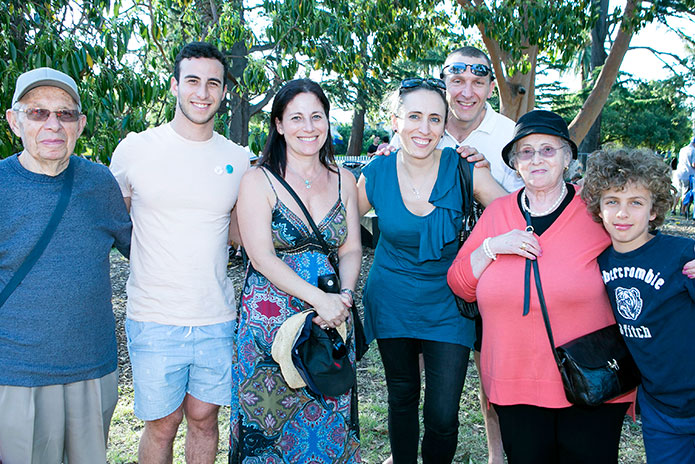
Explore more

Our Organisation
Mayor and CEO overview
Councillors
Councillor attendance at Council meetings
Election of Mayor and Deputy Mayor
Councillors’ Code of Conduct
Councillors’ remuneration and support
Councillor expenses
Councillor membership of committees
The Executive
Organisational structure
Discrimination and Equal Employment Opportunity Program


